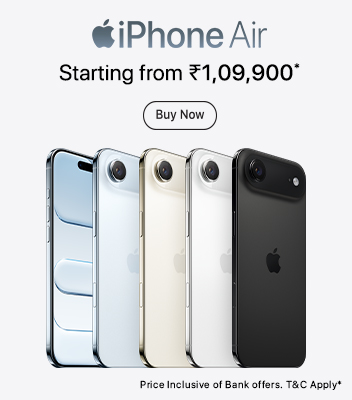Before purchasing one, it is essential to know the primary types of straighteners and how they differ. Here are the different varieties of straightening products, how to match heat levels with your hair type, the importance of plate material, and which plate width to choose. Bonus features are also considered, so you can be sure to select the correct straightener for your hair.
Types of Straightening Tools
The first step is to know the fundamental types. A ceramic hair straightener is a popular option because it guarantees equal distribution of heat, avoiding the formation of spots that can burn hair. Ceramic plates are well-suited for fine to medium textures, giving smooth results without needing excessive temperature.
For thicker or rougher textures, devices such as a steam straightener offer additional gentleness. As they straighten, they release moisture into the strands, reducing frizz, and this speeds up styling and leaves hair smoother and shinier. Steam models are beneficial for those with damaged hair that needs extra hydration.
Heat For Your Hair Type
Temperature control is essential to avoid damaging the hair. Many people look for the best flat iron for thick hair, as more heat is usually required to manage it, and adjustable settings provide the right balance between effective straightening and hair protection. For unruly textures, the best hair straightener for frizzy hair is one that uses high heat combined with frizz-control technology.
Together, these features ensure the hair is tamed without requiring multiple passes. On the other hand, fine hair types should remain in the lower heat range to prevent dullness and breakage.
Understanding Plate Materials
Different plate materials produce different results. A titanium hair straightener heats up quickly, holds a stable high temperature, and works best on very curly or thick hair. Titanium is durable, making it ideal for repeated usage where time efficiency is essential. Another versatile option is a hair straightener and curler in one. These products have rounded edges, allowing users to straighten their hair as well as create waves or curls.
They are convenient for styling without needing multiple appliances, particularly for individuals who change hairstyles regularly.
Plate Width: The Right Size
Plate width plays an important role in styling speed. Wider plates are often marketed as the best straighteners for thick hair because they cover more surface area and require fewer passes. This feature effectively reduces styling time for long, heavy textures. For travel or quick touch-ups, a portable hair straightener is much handier.
These small devices are portable, heat up quickly, and work well for short hair styling or quick fixes. Their compact design makes them particularly suited for people with a mobile lifestyle.
Considerations for Bonus Features
Advanced functions can significantly improve hair protection. Some straighteners are marketed as the best straightener for curly hair because they feature temperature memory, quick heat-up, or floating plates that adapt to hair thickness. These functions lead to improved styling control and comfort.
For people with fine hair, the best straightener for damaged hair is one with lower heat settings and protective finishes. Ionic technology and keratin-infused plates help minimise split ends and keep the hair healthy. These small details are worth considering for long-term hair health.


















.jpg)
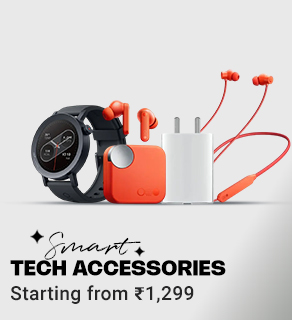
.jpg)




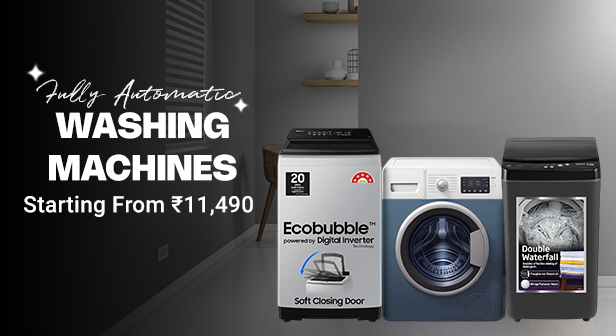
.jpg)

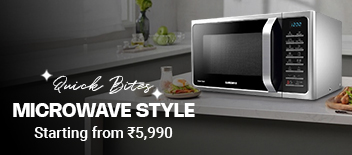


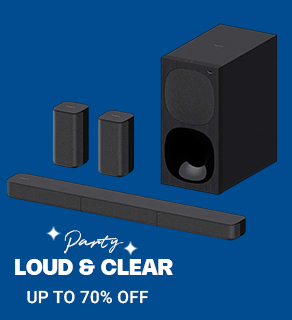
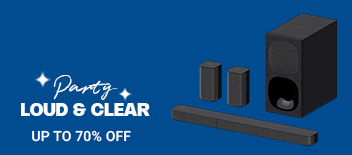

.jpg)
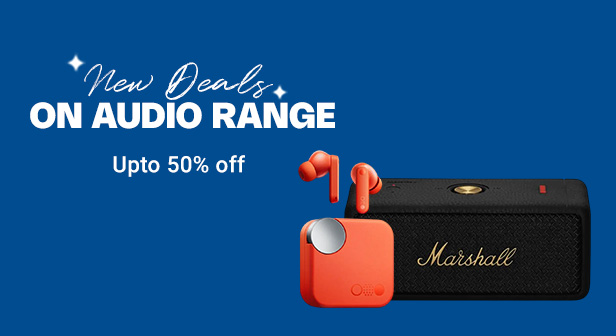
.jpg)

_.jpg)

.jpg)











